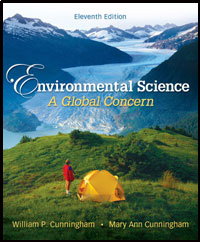1 A) North America, South America, and Asia. B) all continents. C) all continents but Africa. D) all continents but Europe and Africa. 2 A) 5 million B) 10 million C) 20 million D) 50 million 3 A) lack of employment. B) political, religious, or other conflicts. C) lack of food and housing. D) all of the above. 4 A) Africa. B) South America. C) East Asia. D) all the world's urban areas. 5 A) rural Africa and Asia. B) rural Asia and South America. C) current large urban areas of the developing nations. D) all of the above. 6 A) dominance of freeways and cars. B) leapfrog development reducing farmland and natural areas. C) low-density residential development. D) all of the above. 7 A) high unemployment. B) homelessness. C) high stress levels. D) all of the above. 8 A) has worsened traffic congestion. B) has reduced time drivers spend in traffic jams. C) has increased average freeway speed. D) has done more than one of the above. 9 A) 500 to 1000 B) 2500 to 5000 C) 30,000 to 50,000 D) 90,000 to 100,000 10 A) organize cities into units of no more than 50,000 people. B) locate shopping and services to increase convenience and decrease auto dependency. C) make cities more self-sustainable by growing food locally and using renewable energy resources. D) include all of the above. 11 A) TRUE B) FALSE 12 A) TRUE B) FALSE 13 A) TRUE B) FALSE 14 A) TRUE B) FALSE 15 A) TRUE B) FALSE 16 A) but the principles on which it operates are only applicable to the developing world B) but it still lags behind most cities in the US and Europe C) at the cost of gentrification and the relocation of the poor. D) None of the above are correct 17 A) Do not exist in the developed world B) Are referred to as megacities C) Both 1 and 2 are correct D) None of the above is correct 18 A) Nearly all B) 70-80% C) Less than half 19 A) TRUE B) FALSE 20 A) growth that generates the most tax revenue for new infrastructure B) development strategies that make efficient use of resources C) efforts to stop development and urban growth D) all of the above





